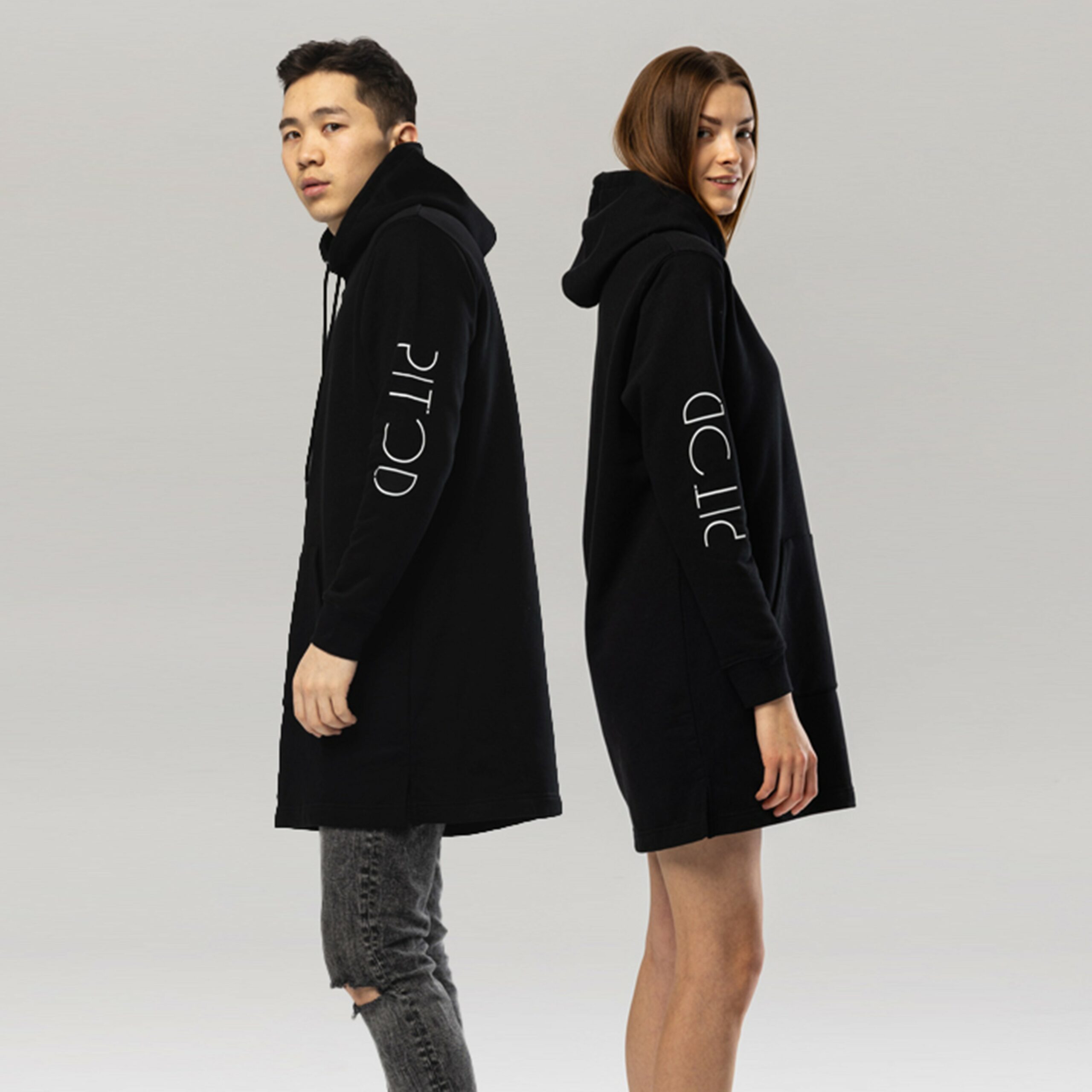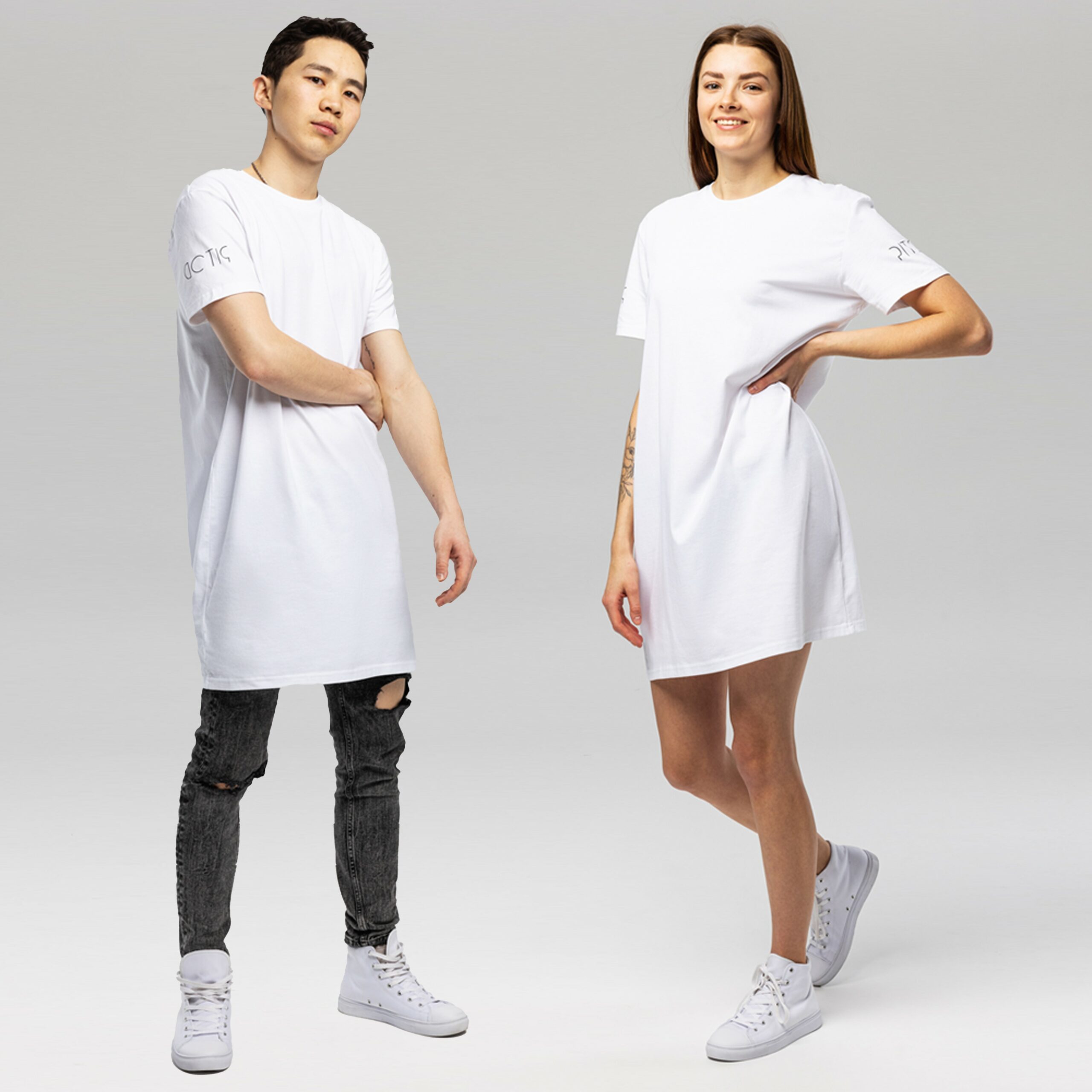As recently as a century ago, pink was seen as a man’s colour. In the 17th Century, men and women wore very similar clothing, in the form of loose tunics. In ancient China, it was common for women to wear trousers.
However, in the past 100 years or so, fashion has been rigidly defined by gender; that is, certain ways of dressing have been ascribed as either male or female, rarely both. In fact, fashion is used as one of the key markers of gender, which is broadly defined as the social, psychological, cultural and behavioural aspects of being a man or a woman.
Originally, as is often the case, this was a way for manufacturers and retailers to make more money, by creating two distinct audiences and telling them they had distinct needs. Yet it also had a more concerning side; for a long time, it was actually against the law for women to wear trousers in many countries, and the idea of women wearing fabric between their legs was seen as scandalous even in the 20th century.
While that’s not been the case for some time, the unspoken rules have remained firm: pink for girls, blue for boys; trousers for men, skirts for women (particularly in formal settings); and jewellery and make-up are largely women-only.
But, in the past decade or so, consumers have begun to push back against such rigid sartorial rules.
This view (that clothes have no gender) first came to most people’s attention in 2017, when high street stalwart John Lewis announced it would no longer be selling children’s clothes according to gender; there would be no separate sections in the stores, and the labels would read “girls and boys” or “boys and girls”.
As an aside, children’s clothing is often where we see the most egregious examples of gendered items, with the clothes aimed at girls full of impractical, glittery items adorned with slogans about love or being kind, while boys get dark colours, pockets and messages about competition or action.
High end designers like JW Anderson, Rick Owens and Rad Hourani have also championed gender-neutral clothing – but what, really, is it, and why is it so important?
Genderless fashion is clothing that is designed to be worn by anyone, regardless of their gender identity. It doesn’t conform to traditional gender norms and aims to create a more inclusive environment. Unisex fashion, on the other hand, is clothing that is designed to be worn by both men and women. It still adheres to traditional gender norms but offers a more fluid approach to fashion.
So while John Lewis’s intentions made sense, in essence they are championing unisex clothing, rather than gender-free.
And while genderless clothing can be worn by either sex, it’s about more than just borrowing your partner’s shirt.
That’s because, in most cases, even if we shop in the section of the opposite sex, that clothing has still been designed for that sex. Men’s trousers won’t be cut to fit women’s (generally) wider hips, while a woman’s top will be made to accommodate her breasts and slimmer waist.
Furthermore, women’s clothing, as a rule, is tighter fitting, while men’s tends to be looser and with those all-important pockets. And if you don’t fit into the traditional sizing structure for either sex, well, your choice is even more limited.
So while the unisex approach may work well for children, whose bodies are largely the same until puberty, adults don’t, in reality, have the same choice.
And that’s what gender-free clothing is all about: choice.
The choice to wear practical, hard-wearing clothes that don’t expose the shape of your body or inches of skin. The choice to wear patterns and prints. The choice to be yourself.
It’s clothing for everybody and every body.
At Pitod, we’re driven by a deep commitment to empower individuals to embrace their authentic selves and create a world where equality thrives – starting, but not ending, with clothing.
As a genderless brand, we stand firmly for inclusivity, celebrating diversity, and fighting against discrimination. We believe in the power of fashion to break stereotypes, allowing everyone to express themselves freely and confidently.
Our stylish and modern designs are meant to be worn by anyone, regardless of their gender identity, and they are made from sustainable and ethical materials.
Because fashion is all about expressing yourself – whoever you are.



















